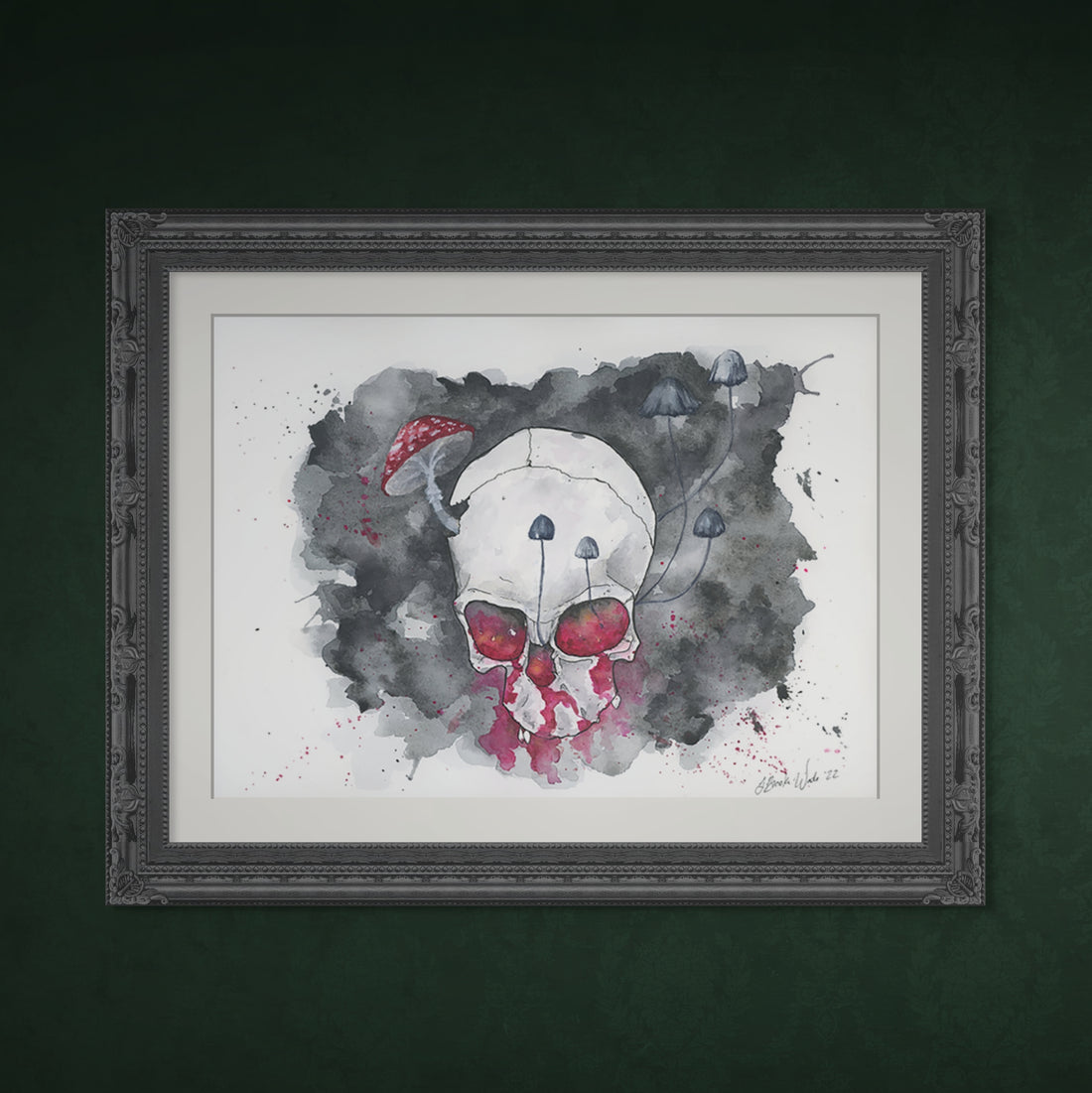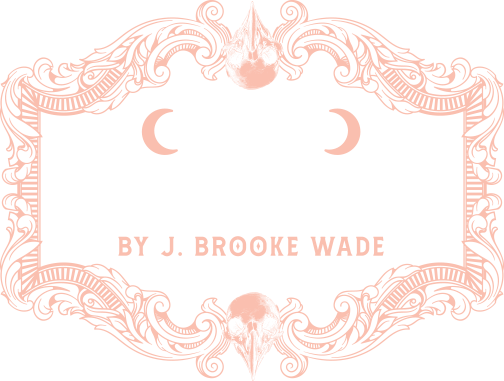
Exploring the Symbolism of Skulls Art
Share
The Transformative Symbolism of Skulls in Art History
Skulls have long served as a poignant symbol across various cultures, encapsulating the transient nature of life. From religious icons to the mysterious ambiance of vanitas paintings, skulls have evolved to mirror the cultural and societal shifts of each era. This exploration delves into how these enigmatic symbols have woven their narrative through the fabric of art history, reflecting life's ephemeral beauty and the inevitability of death.
The Roots and Evolution of Skull Symbolism
In ancient times, the portrayal of skulls was universal, representing death and the afterlife without distinction. It was only during the medieval period that gender roles began to shape their depiction. In religious contexts, skulls served as memento mori—reminders of life’s fleetingness—with women often depicted as emblems of temptation, and men as paragons of virtue.
For example, in early Christian art, skulls appeared at the feet of saints, signifying their triumph over mortal temptations. Similarly, in ancient Mesoamerican cultures, skulls were integral to rituals celebrating the cyclical nature of life and death. Skulls adorned temples and altars, symbolizing both reverence for ancestors and the inevitability of mortality.
Gendered Narratives from Renaissance to Baroque
During the flourishing of vanitas paintings in the Renaissance and Baroque periods, skulls came to emphasize the futility of earthly life. Predominantly, male skulls dominated these artworks, reflecting the male-centric societal views of the times. However, the period also marked the appearance of female skulls, particularly in critiques of vanity, highlighting young women’s confrontation with mortality juxtaposed against their beauty.
In these eras, the depiction of skulls evolved into more complex narratives. Artists like Hans Holbein the Younger and Caravaggio used skulls to juxtapose the temporal nature of human achievements against the permanence of death. The inclusion of skulls in still life paintings, surrounded by symbols of wealth and beauty, underscored the inevitable decay awaiting all.
Romantic and Victorian Insights
The 19th century witnessed a romanticized engagement with the macabre. Female skulls during this era symbolized tragic romance or beauty intertwined with death, while male skulls often conveyed wisdom or the harsh realities of war. This period brought a deeper, more nuanced contemplation of skull symbolism.
Victorian art, in particular, embraced the gothic allure of skulls. Artists like Dante Gabriel Rossetti intertwined skulls with themes of lost love and mourning, creating hauntingly beautiful works that reflected society’s complex relationship with death. The era’s fascination with spiritualism and the afterlife also contributed to the skull’s enduring mystique.
Contemporary Perspectives and the Shift in Gender Norms
Today, skulls have transcended traditional gender boundaries, with artists like Georgia O’Keeffe and Damien Hirst celebrating their aesthetic and symbolic richness. These modern interpretations challenge old gender stereotypes and ponder the universal human condition, making skull art a vibrant and introspective field.
Contemporary artists utilize skulls to explore themes of identity, consumerism, and the environment. Hirst’s diamond-encrusted skull, “For the Love of God,” merges luxury with mortality, questioning societal values. Meanwhile, O’Keeffe’s depictions of animal skulls against stark desert landscapes invoke the timeless beauty of nature and the cycle of life and death.
J. Brooke Wade's Feminine Interpretations
As a contemporary artist, I find great power in reimagining the female skull as a symbol of resilience and equality. In my watercolor piece “Distinguished,” I infuse the skull with soft pink hues, transforming a traditionally masculine symbol into a vibrant celebration of female strength and narratives.
By blending delicate colors with the stark imagery of a skull, I aim to challenge the conventional associations of skulls with darkness and masculinity. My art seeks to create a dialogue between the viewer and the subject, encouraging a reevaluation of preconceived notions about gender and mortality.
Empowerment Through Skull Paintings
My focus on female skulls in art challenges conventional narratives while amplifying women’s voices and experiences. This artistic endeavor is not merely about representation; it is a dynamic tribute to the ongoing quest for gender equality, blending historical insights with a contemporary push for recognition and respect.
Through these works, I strive to highlight the resilience and beauty inherent in the female experience. Each piece is a testament to the strength and endurance of women throughout history, from the silent sufferers of past injustices to the trailblazers of today.
Feminine Paintings and the Allure of Skull Art
My work enriches the genre of feminine wall decor, marrying the beauty of art with the profound depth of skull symbolism. These skull paintings are not just visually arresting; they invite reflection, challenge societal norms, and honor the indomitable spirit of women.
In celebrating the female skull, my art encourages a reflection on our past and fosters a vision for a future where inclusivity and equality are paramount. Through these pieces, the stories of women, often sidelined in historical narratives, are both revered and celebrated, ensuring their enduring legacy in the world of art.
By presenting skulls in a new light, my artwork seeks to inspire and empower. Each painting serves as a reminder of the progress made and the journey still ahead, inviting viewers to engage with the stories of women who have shaped, and continue to shape, our world.
The Everlasting Impact of Skull Symbolism
In essence, the symbolism of skulls in art history is a rich tapestry woven with themes of mortality, beauty, and societal values. From ancient rituals to modern feminist interpretations, skulls have transcended mere memento mori to become powerful symbols of resilience, identity, and transformation. As artists and viewers, we are invited to ponder our own place within this continuum, reflecting on the past and envisioning a more inclusive and equitable future.
